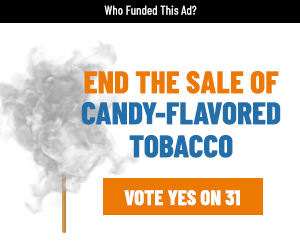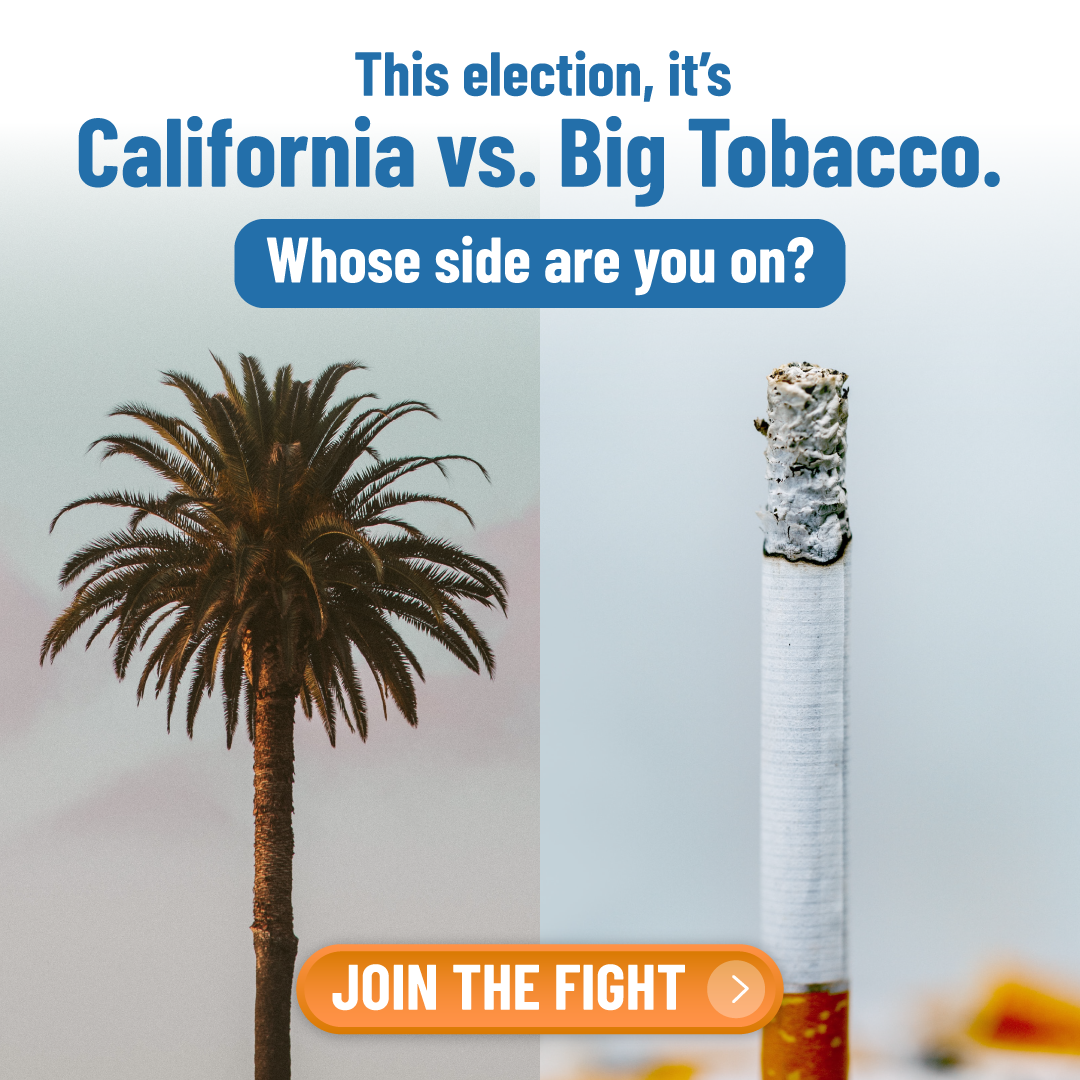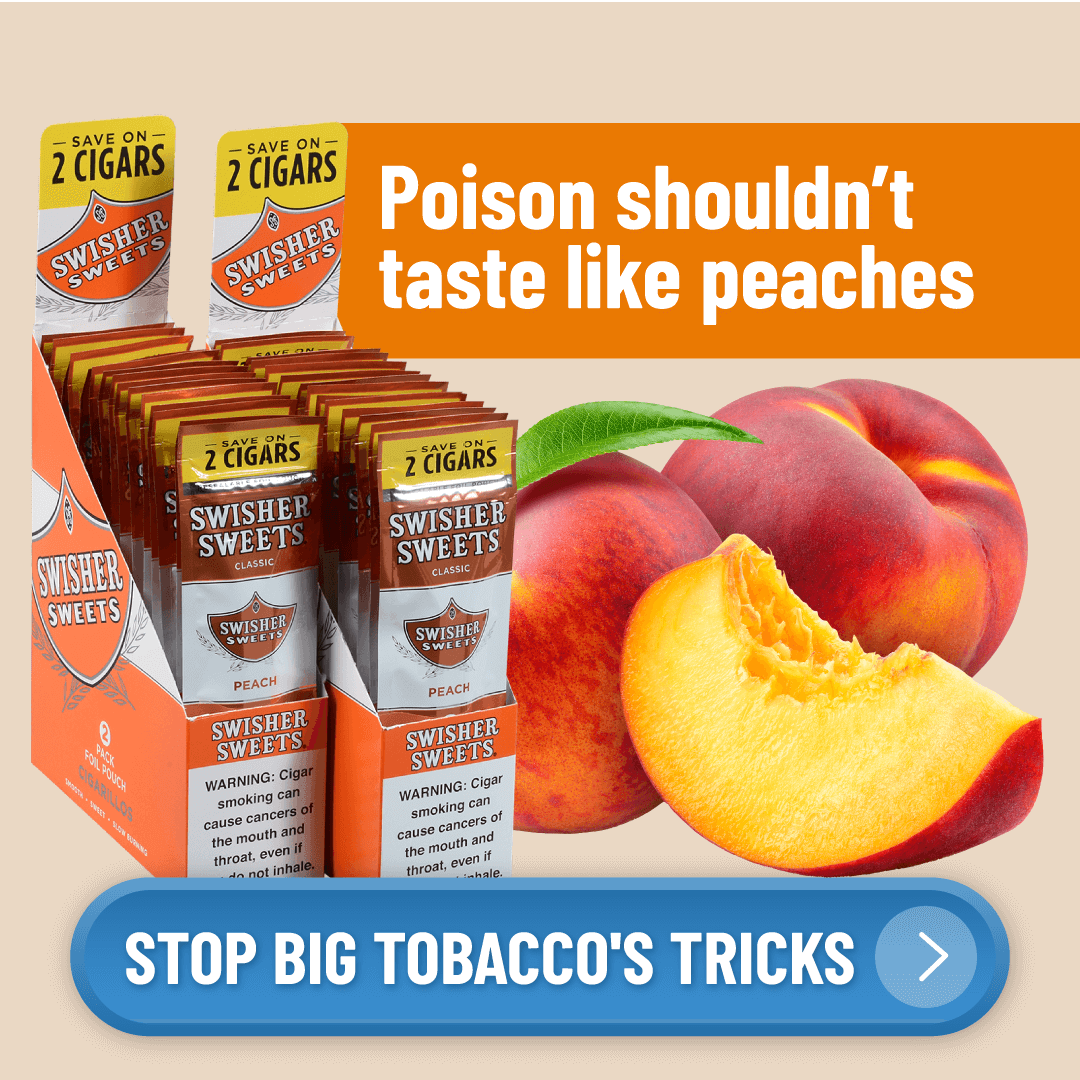Campaign to Protect California Kids
Trilogy’s surround-sound “vote yes” approach to owned media led to a monumental public health win for California kids.
| An independent study found the content Trilogy produced for Prop 31 to be “highly effective” at increasing support for the measure. Read all about it at Grow Progress. |
Taking on Big Tobacco
 After California passed a bipartisan law to end the sale of flavored tobacco products and e-cigarettes, Big Tobacco companies like Phillip Morris and R.J. Reynolds spent millions to delay its implementation and put it to a referendum. California parents, public health groups, and community leaders formed a coalition to build the “Yes to Protect California Kids” movement, urging voters to vote yes on Prop 31. If passed, it would end the sale of flavored tobacco products in California once and for all, helping save countless kids from addiction.
After California passed a bipartisan law to end the sale of flavored tobacco products and e-cigarettes, Big Tobacco companies like Phillip Morris and R.J. Reynolds spent millions to delay its implementation and put it to a referendum. California parents, public health groups, and community leaders formed a coalition to build the “Yes to Protect California Kids” movement, urging voters to vote yes on Prop 31. If passed, it would end the sale of flavored tobacco products in California once and for all, helping save countless kids from addiction.
Owning the Narrative Through Owned and Paid Media
 To compete with Big Tobacco’s immense resources, Trilogy devised an aggressive strategy to mobilize two core audiences: base voters who would be critical in forming grassroots strength; and California decision-makers, including elected officials, press, lobbyists, and advocacy leaders.
To compete with Big Tobacco’s immense resources, Trilogy devised an aggressive strategy to mobilize two core audiences: base voters who would be critical in forming grassroots strength; and California decision-makers, including elected officials, press, lobbyists, and advocacy leaders.
We defined the campaign’s narrative early through owned and paid media. Each part needed to speak to a diverse audience, directly associate the campaign’s brand message with “vote yes,” and deliver a steady drumbeat of content that made it easy for Californians to tell others why they should vote yes. It also needed to get decision-makers’ attention to generate press coverage, endorsements, and trust among constituents.
 Months before the opposition began its campaign, Trilogy launched two campaign websites, one of which specifically addressed concerns in the Black community about the effects of outlawing menthol tobacco. We also launched a flurry of eye-catching social media posts, an email campaign reinforcing our narrative, social media influencer posts by a popular scientist, and digital toolkits for coalition members to share content with their networks.
Months before the opposition began its campaign, Trilogy launched two campaign websites, one of which specifically addressed concerns in the Black community about the effects of outlawing menthol tobacco. We also launched a flurry of eye-catching social media posts, an email campaign reinforcing our narrative, social media influencer posts by a popular scientist, and digital toolkits for coalition members to share content with their networks.
At the height of the election cycle, opponents littered social media with false claims and disinformation. But we kept the #YesOn31 message prominent in conversations about Big Tobacco, the industry’s racist marketing, and the youth vaping crisis. We used colorful graphics, cartoon-like animations, and multiple language translations to highlight the obvious exploitation of candy flavors to hook kids on tobacco. We also harnessed trending topics for rapid response opportunities, like when Klondike announced that it would discontinue the Choco Taco, to reinforce our message.
California Voters End the Sale of Flavored Tobacco
Because of our surround-sound approach to owned media, California voters overwhelmingly voted to pass Prop 31, 63.4% to 36.6%. We delivered more than 162 million impressions between ads and social media. Today, the campaign stands as a model for other states in the fight to defeat Big Tobacco and save kids from a lifetime of addiction.
